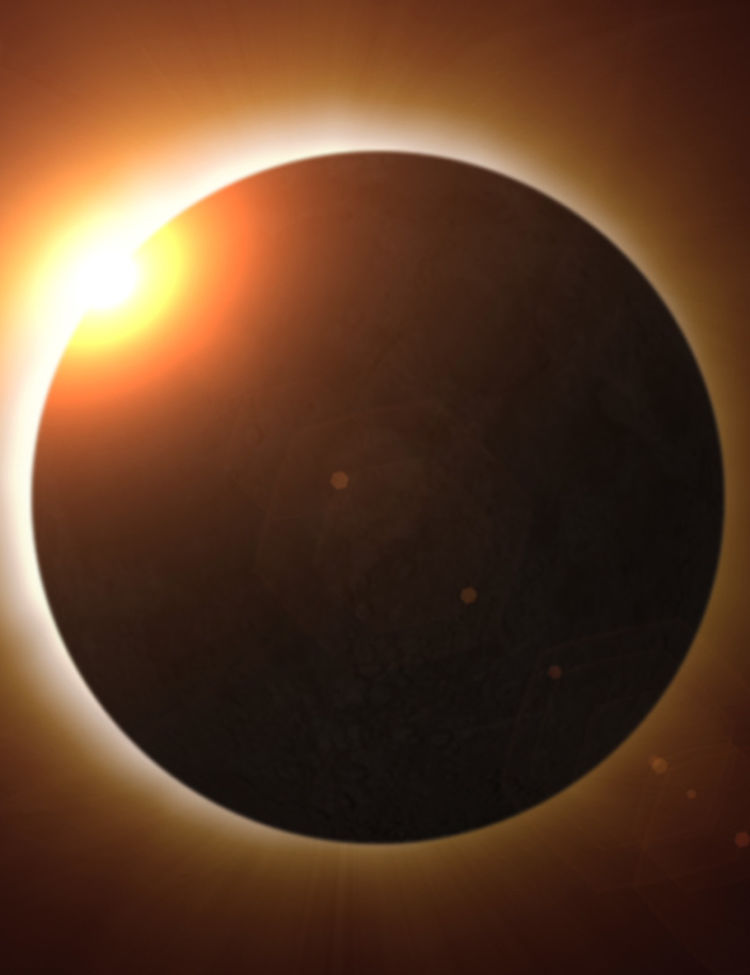About This Episode
On August 21st, 2017, the United States will be treated to what’s being called “The Great American Eclipse.” This total solar eclipse, with the zone of totality stretching 75 miles wide and 2500 miles across, will be observed by an estimated 220 million people across the country. To help you prepare, this week StarTalk is all about solar eclipses, past and impending. Neil deGrasse Tyson and comic co-host Chuck Nice welcome broadcast meteorologist Joe Rao to discuss Joe’s adventures watching numerous total solar eclipses over his career. You’ll hear about Neil’s experience viewing the 1973 eclipse, one of the longest in history, that lasted over six minutes. Joe explains the differences between viewing a partial eclipse and a total eclipse with a little help from Neil and Chuck. Learn about eclipse families and how the locations for eclipse viewing on Earth vary in regular, predictable eclipse cycles. You’ll also hear about the “Carly Simon” eclipse and an even better total eclipse coming in 2024, plus find out what gear you should use to watch the eclipse and what traffic complications might be caused by huge numbers of Americans jumping into their cars and heading to the zones of totality. Explore whether there are any other planets in our solar system that experience total solar eclipses, and why Earth’s frequent eclipses are so extraordinary. And of course, Neil, Chuck, and Joe answer fan-submitted Cosmic Queries including, “Does the solar eclipse give ground-based telescopes enhanced views of celestial objects due to gravitational lensing?” and “Will there be a measurable temperature difference during the eclipse?”
NOTE: All-Access subscribers can watch or listen to this entire episode commercial-free here: Cosmic Queries: The Great American Eclipse.




 Unlock with Patreon
Unlock with Patreon


 Become a Patron
Become a Patron